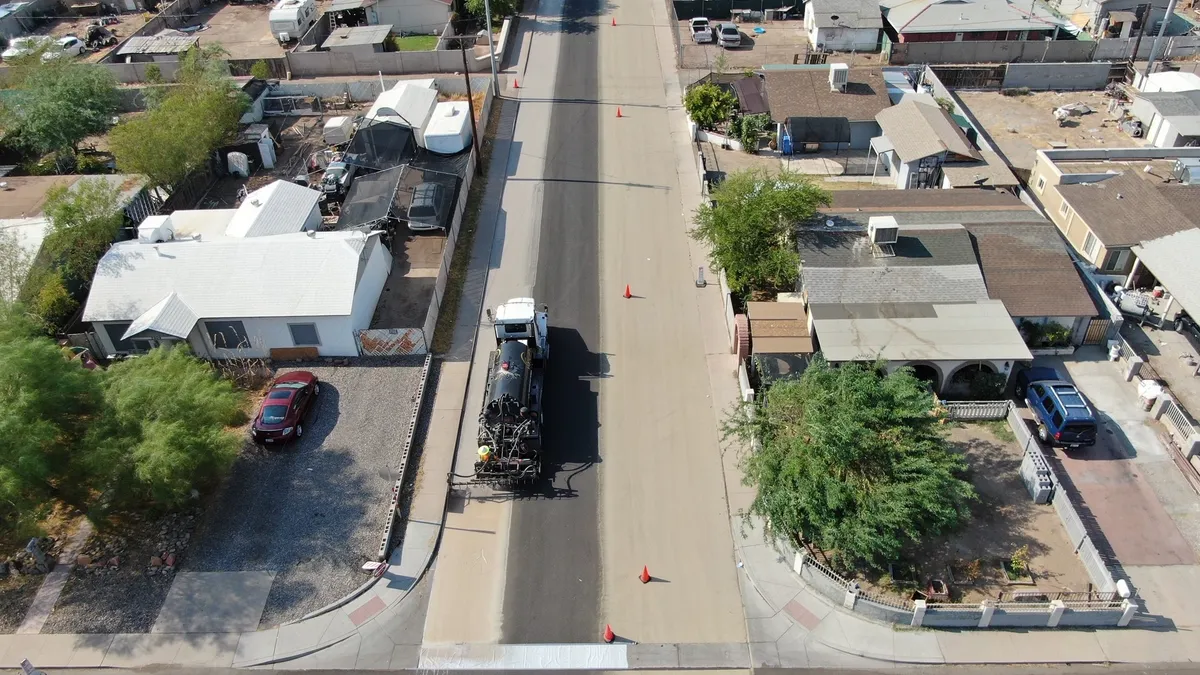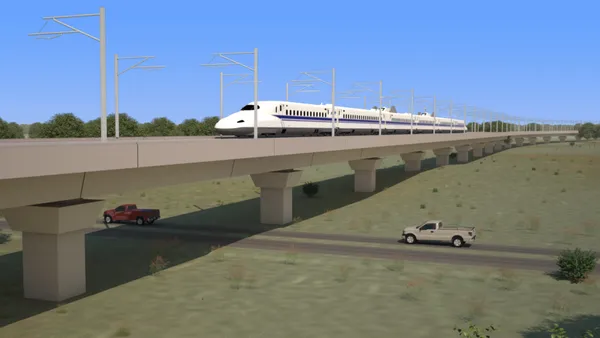Dive Brief:
- The Chicago Department of Transportation (CDOT) does not have a traffic signal management plan or performance measures that connect such a program to other department goals, as is recommended by the Federal Highway Administration (FHWA), according to an audit report from the city's Office of Inspector General (OIG).
- OIG said the lack of a traffic signal management plan means CDOT cannot ensure traffic signal optimization to promote safety, reduce congestion or minimize air pollution. OIG recommends CDOT develop a signal plan aligned with FHWA guidelines that include clear goals and performance measures that align with the city's transportation roadmap.
- "We agree with the OIG that a Traffic Signal Management Plan (TSMP) will give CDOT an opportunity to prioritize necessary improvements and optimize performance of our traffic signal system," Mike Claffey, CDOT spokesman, told Smart Cities Dive via email.
Dive Insight:
Successful optimization and upkeep of traffic signal systems requires a lot of advance planning. Motorist, cyclist and pedestrian safety could be compromised without a plan to keep the modernization process moving smoothly and aligned with other street safety initiatives.
Traffic patterns tend to shift over time and congestion increases without adequate attention to signal re-timing and maintenance. Increased congestion leads to greater vehicle emissions as drivers spend more time on the road.
The audit said CDOT only performs traffic signal maintenance and re-timing based on requests or complaints from 311 or aldermen — not proactively. This prevents the department from being able to adequately address signal problems before they become dangerous or expensive to repair. Over time, signals might not be optimally programmed to handle the city's traffic flow, and CDOT may be missing an opportunity to cost-effectively improve flow and safety for all street users while decreasing vehicle emissions.
The OIG also noted that the number of CDOT traffic signal engineers and technicians is well below FHWA guidelines, but the department does use contractors as a supplement. The report recommended CDOT analyzes its staffing needs and works with the budget office to ramp up hiring.
In response to the audit, CDOT will develop a Traffic Signal Management Plan aligned with FHWA goals, OIG states. Claffey told Smart Cities Dive that CDOT has started the process of modernizing its traffic signal system, with plans to replace hardware or upgrade entire intersections, depending on circumstances.
A key part of the modernization is to increase remote access and signal monitoring. Last year, CDOT adopted a policy that all new signals will have remote connectivity allowing for automatic synchronization to avoid congestion. Boosting remote monitoring capabilities reduces the need for workers to go in the field to check signals, which should improve efficiency and staffing issues.
Increasingly, governments are turning to connected and smart technologies to improve traffic flow and safety, as is the case in Maryland. Accelerating this type of signal modernization could help Chicago reduce its traffic gridlock.
CDOT also started streamlining coordination among its divisions that handle traffic signal planning, design, construction and maintenance, Claffey said.
Last year, Chicago launched efforts to drastically expand the number of accessible pedestrian signals (APS) to aid people with disabilities. CDOT is doing this in parallel with its traffic signal modernization, Claffey said, with a goal to increase the number of APS from 11 to 100 within two years. The city engaged with disability advocates and people with disabilities to determine intersections that take priority for APS installations.











